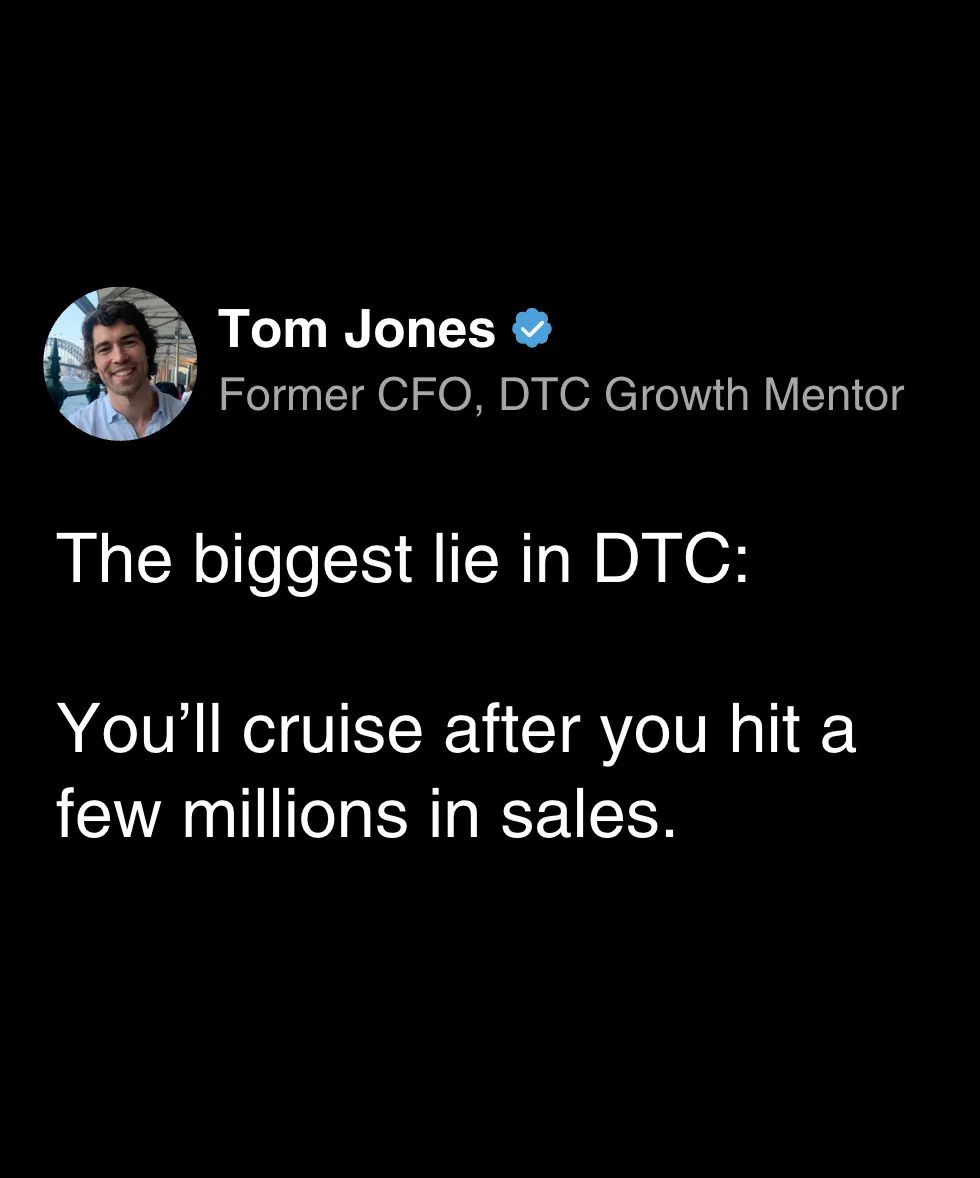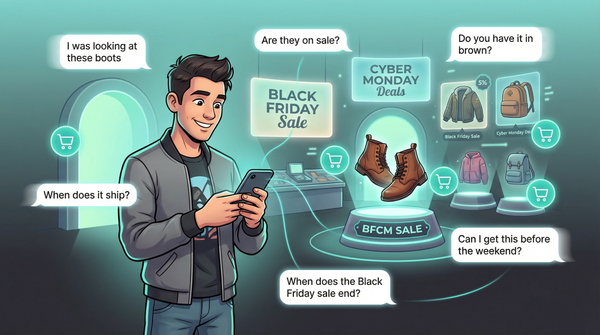How DTC Operators Are Scaling Smarter in 2025

2025 is forcing DTC operators to grow up fast. If the old game was “how quickly can you scale?,” this year’s proving it’s about how well you run what you already have.
New data from Deposco shows 86% of mid-size brands now get up to half their revenue direct—and 82% still expect double-digit growth, but only by getting their ops house in order (Deposco).
As Tiege Hanley’s founder put it:
“Everyone is saying DTC is dead. What they really mean is that it is no longer easy… We’re profitable. We’re growing with intention. The ones who stay in the fight are the ones who win.”
(Kelley Thornton)

The DTC Operator’s New Playbook: Tech First, Growth Second
DTC brands—especially those on Shopify—are trading blitz growth for operational control. The new playbook: real-time inventory, AI-powered supply chains, and an obsession with margin.
Recent survey data paints a clear picture:
| Operational Investment Area | % of Brands Adopting (2025) |
|---|---|
| Real-time inventory software | 60% |
| Advanced inventory management | 56% |
| AI for supply chain/automation | 52% |
| AI for cost savings | 60% |
(Deposco)
Brands aren’t buying tech for the hype—they’re targeting real performance gains. Take ColdTrack, a fulfillment provider: a $10M investment in software and automation led to a 67% year-over-year drop in order errors and packing speed up 128%, with on-time shipping now above 99.9% (ColdTrack).
Deposco’s SVP Josh Lett summed it up:
“Supply chain tech began as a competitive advantage and is now an operational lifeline. It’s not if you invest in tech—it’s which solution will keep you flexible long term.” (Deposco)
Fulfillment Isn’t a Sideshow—It’s the Main Event
With DTC now often half the revenue mix, fulfillment is mission-critical. The old “ship from one warehouse” playbook is over. Today, 50% of brands are diversifying with regional warehouses or more 3PL partners—and 36% have increased 3PL reliance just this year.
| Fulfillment Shift | % of Brands (2025) |
|---|---|
| Regional warehouses/3PLs | 50% |
| Increased 3PL reliance | 36% |
What changed? Modern 3PLs now let you plug Shopify and ERP systems directly into their platforms, bringing in-house visibility to outsourced ops. Real-time inventory is no longer a “nice to have”—it’s why the best DTC brands didn’t get hammered by the 2024 holiday delays.
As one logistics lead put it:
“A dollar saved in operations is a dollar you can put toward the next disruption—or pass back to customers when costs spike.”
(Supply Chain Dive)
Rising Costs, Tariffs, and the Relentless Push for Efficiency
Cheap capital is gone. Tariffs are back. Seven in eight eCommerce leaders say they’re raising prices in Q4 2025 to cover tariff impact, and fulfillment costs (shipping, warehousing) keep rising.
To offset, operators are doing two things:
- 42% are prioritizing inventory buffers to hedge against supply chain shocks.
- 56% still swear by just-in-time inventory, but only when paired with robust tech for visibility and quick pivots.
Brands know: Efficiency is now a core growth lever, not a bonus. If your ops are slow, you lose margin and customers. The brands obsessing over warehouse workflows and delivery speed today are the ones that will outlast the next macro headwind.
Smarter Teams, Not Bigger Ones
Here’s what’s quietly fueling the DTC shift: upskilling beats hiring.
- 34% of brands are cross-training their teams for new tech.
- 32% are building skills in-house rather than adding headcount.
- Only 26% use automation to fill labor gaps—most see it as “force multiplier,” not replacement.
| Talent Investment | % of Brands (2025) |
|---|---|
| Cross-training existing team | 34% |
| New skill development | 32% |
| Using automation for labor | 26% |
(Deposco)
Operators are also leaning into tools that blend automation with personal touch, especially for retention-critical moments. For example, while many brands use AI to power customer flows, the sharpest DTC teams add a human backup—like LiveRecover’s SMS agents, who step in when automation can’t save an abandoned cart or complex order.
This @LiveRecover is perfect example of "it just works!". I set it up once and it just runs in the background generating sales for me.
— Aditya⚡ (@adityarao310) July 9, 2024
And they only take a fees as % of sales. I just check it once every few days to check customer conversations and new insights if any!
As one operator put it,
It just works! (Source, X)
At the end of the day, it’s not about replacing your team; it’s about letting your best people (and your most trusted partners) step in at the right moment. That blend of automation and real human help is increasingly what defines “lean” in 2025.
The New Definition of Growth: Scaling with Discipline
Bottom line: The DTC sector isn’t dead—it’s maturing. Seventy-two percent of operators report DTC sales are still growing, but the narrative has shifted. The flex is profitability, not “hockey-stick” revenue curves.
Founders who treat Q3 as a chance to strengthen infrastructure, not burn cash on ads, are the ones poised to win Q4.

“You don’t graduate from hard work when you hit revenue milestones... Scaling DOESN’T always mean working less. Most times, it means working more on bigger problems.”
—Tom Jones, LinkedIn
Subscribe for weekly DTC insights.






